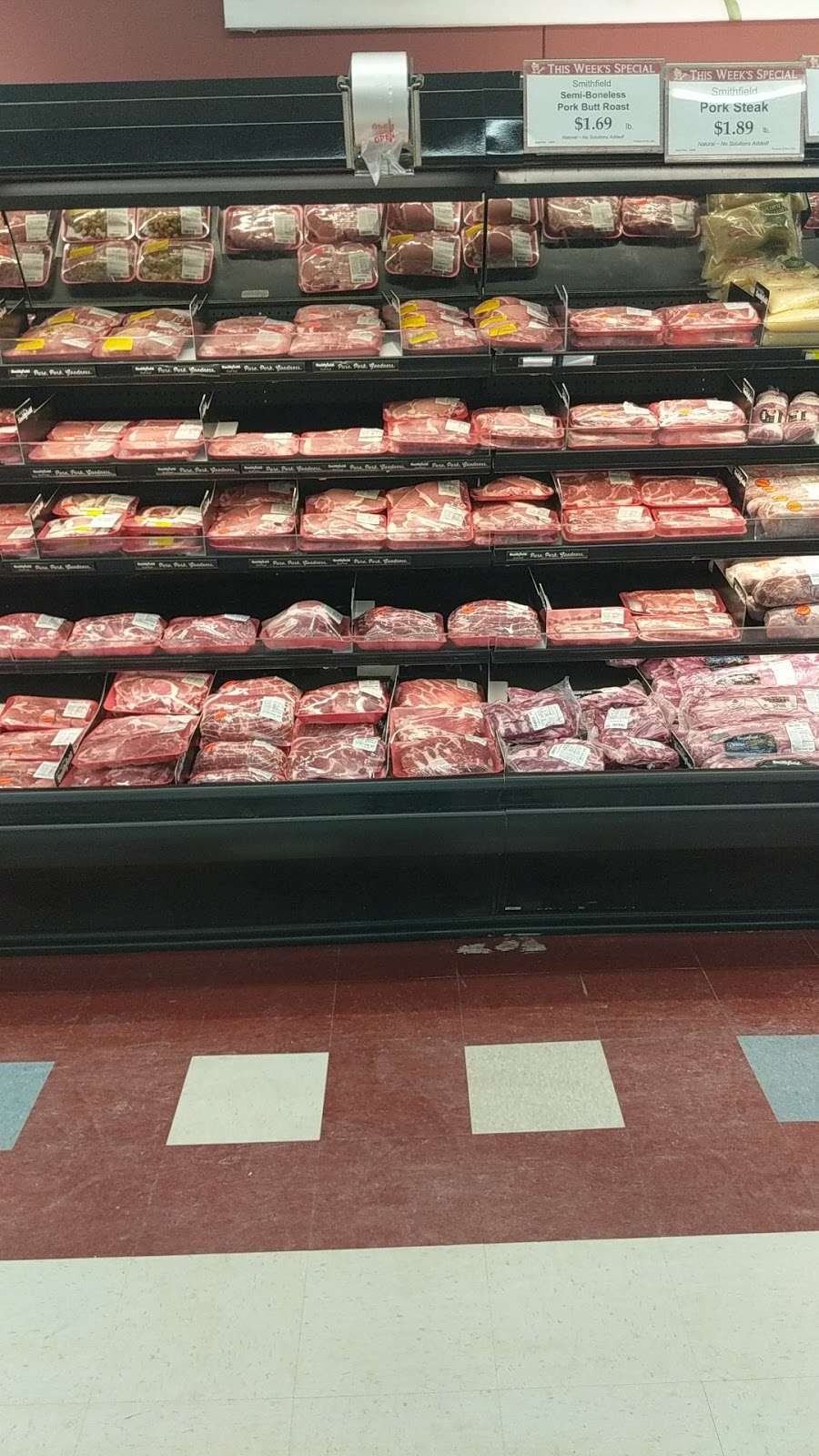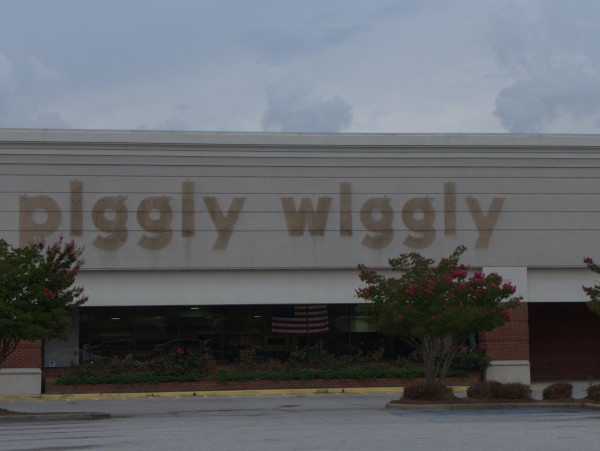


Piggly Wiggly Corporation continued to prosper as franchiser for the hundreds of independently owned grocery stores allowed to operate under the Piggly Wiggly name and during the next several decades, functioned successfully under various owners

PIGGLY WIGGLY POINT PLEASANT WEST VIRGINIA SERIES
The stock was successfully traded on the New York Stock Exchange for some time, but through a series of stock transactions in the early 1920s, Saunders lost control of Piggly Wiggly and had no further association with the company. The original Piggly Wiggly Corporation became owner of all Piggly Wiggly properties: the name, the patents, etc., and Saunders began issuing stock in the Corporation. Piggly Wiggly Corporation, established by Saunders when he opened the first store in Memphis, secured the self-service format and issued franchises to hundreds of grocery retailers for the operation of Piggly Wiggly stores.

There were shopping baskets, open shelves and no clerks to shop for the customer – all unheard of! Operating under the unusual name Piggly Wiggly, it was unlike any other grocery store of that time. Saunders, a flamboyant and innovative man, noticed that this method resulted in wasted time and expense, so he came up with an unheard-of solution that would revolutionize the entire grocery industry: he developed a way for shoppers to serve themselves.ĭespite predictions that this novel idea would fail, Saunders’ first store opened Septemat 79 Jefferson Street in Memphis. In grocery stores of that time, shoppers presented their orders to clerks who gathered the goods from the store shelves. Thus, the Mothman Museum and festival were born.Piggly Wiggly®, America’s first true self-service grocery store, was founded in Memphis, Tenn. However, if they did not take this marketing opportunity someone else surely would. For better or worse, they seem to believe their fellow townspeople saw something that petrified them. You were stuck here until they finally borrowed a ferry boat from a neighboring town, he said. One local antique shop owner described to us the feeling of isolation that was felt in the town after the bridge collapsed. Even though the event is light-hearted, after speaking to a few residents, I get the feeling they do not find humor in the myth. Every September for the last 18 years, the town has hosted a festival to honor this spooky doom-predicting winged creature. Fifty-two years later, the Mothman is a cottage industry, but now he is a harbinger of cotton candy and curly fries. The book has led many to believe the Mothman was a prophet of doom, a figure arriving in Point Pleasant to warn residents that harm was to come their way. Keel’s “The Mothman Prophecies” (Saturday Review Press, 1975)


 0 kommentar(er)
0 kommentar(er)
